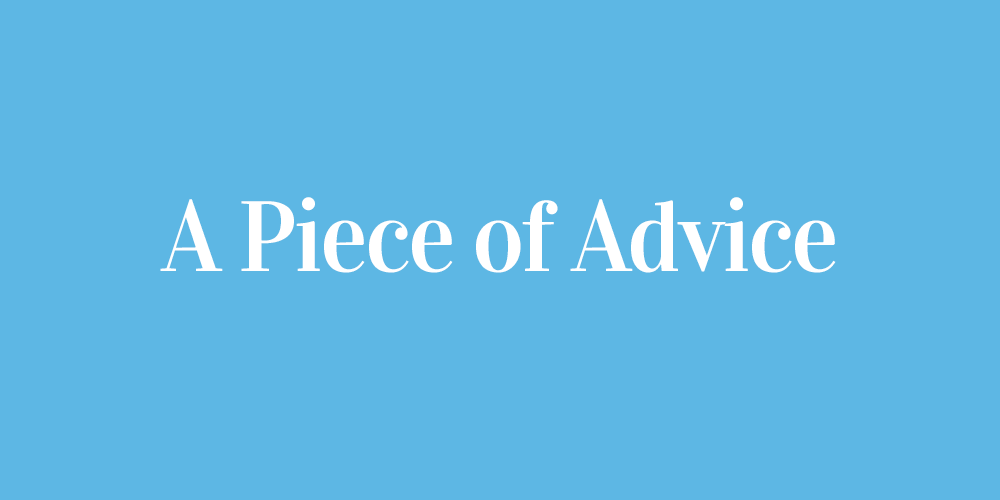
01 Apr It’s easy for men to dress well – the long version
Recent years have seen a welcome improvement in the attitude to his appearance of the average British male. Gentlemen in this country are now taking much more interest in how they look, delving deeper into the previously female-exclusive world of cosmetics and putting more thought into the contents of their wardrobe.
Perhaps this is due to an increase in affluence? Maybe this is a result of more time in the gym spent developing ‘the body beautiful’ with a consequent desire to clothe it well? Or it could be the realization, either conscious or, quite possibly, subconscious, that it is much easier for a man to dress well and to dress appropriately than it is for a woman? Confused by that last statement? Let me explain.
In an outfit that a man might wear for business, or when a more formal look is required, there are seven basic elements. He needs a jacket and a pair of trousers; in a suit they are made of the same cloth so that’s one less decision to make. The shoes will be either black or brown leather, the colour dictated by the suit. The more sophisticated might wear burgundy or choose suede. A choice of sock should not be too taxing. The same applies to the belt. If one has a preference for braces, they should be in a solid colour or, at the most outlandish, very subtly spotted or striped. That leaves the shirt and tie which should complement each other and co-ordinate with the suit. A short amount of time should be allocated to learning how to tie the tie correctly – with a dimple under a symmetrical knot.
Having understood the basics of the outfit, it is simply a matter of planning the wardrobe as a whole. The vast majority of business suits are in grey or navy wool. Although one does not need a large collection of suits (if only!), a mixture to include solid colour, stripes and muted plaids would cover most eventualities and give the owner an interesting assortment of options. It is also better not to have, say, only two-button single-breasted styles. Variety is good, given, of course, that other styles suit the physique.
When choosing a suit, its type of construction is of great importance. As is often the case, it is the elements of an item that one does not see which are responsible for its quality and value. Quality garments, be they ‘bespoke’, ‘made-to-measure’ or, in some cases, ‘off the peg’, derive their shape from an interlining consisting of a combination of canvas, horsehair, felt, cotton or the like. This is hand-sewn into the fabric to give the jacket a natural shape over the chest and a pleasing curve at the lapel. The jacket sits better on your body, suffers less wear and its longevity increases. This process is described as ‘full canvas’ or ‘half canvas’, depending on how extensively the interlining is used. At the lower-priced, lower-quality end of the scale, the interlining is less refined and is glued into place, making the jacket stiffer; in time the interlining will collapse, the garment lose its shape and look a mess. These ‘fused’ garments should be avoided. A tailor will know the difference, a good retailer should.
As with suits, it is preferable, though in no way essential, to own a good array of shirts. That wonderful scene in ‘The Great Gatsby’, with Mr. Redford and Ms. Farrow lobbing shirt after shirt around the dressing room, can only be re-enacted by the minority. It is far better to allocate a larger part of the budget to neckwear. The same suit, paired with the same shirt, paired with five different ties can give you five different looks. That’s a working week. Although, of course, wearing the same suit each day of the week is not to be encouraged!
The current vogue is to wear a tie less often, if at all. If doing so, please make sure it’s your choice and not because you’re following some instruction. Certain clubs, for example, specify ‘no ties’ as the wearing of a tie is deemed to be enforced formality from the authorities. Is that any worse than enforced informality? If you don’t wear a tie, make sure your shirt makes a statement – via pronounced but not garish stripes, interesting checks or maybe white collar and cuffs. Whatever you do, don’t make it look like you’ve removed the tie in the last few moments so as to look ‘cool’ or to fit in.
One needs sufficient pairs of shoes to permit the rotation which will allow them to recover between days of wear. Buying cheap formal shoes really is a false economy, as they become shabby far too quickly; over time the outlay will be the same as if one buys quality. It is important to note that Goodyear-welted soles add years of life to footwear.
And to round off the ensemble, make use of accessories (a pocket hank, good cufflinks, an elegant watch) to add interest, especially when not wearing a tie.
Remember, people only see your head and hands. The rest is made entirely of clothes so let them speak for you.
Finally, don’t be a slave to ‘fashion’. Don’t adopt a look just because it’s the current trend if it doesn’t suit your character and physique. It’s far more important to dress with style and elegance, ensuring always that it’s your style. And above all make sure you enjoy the experience.

